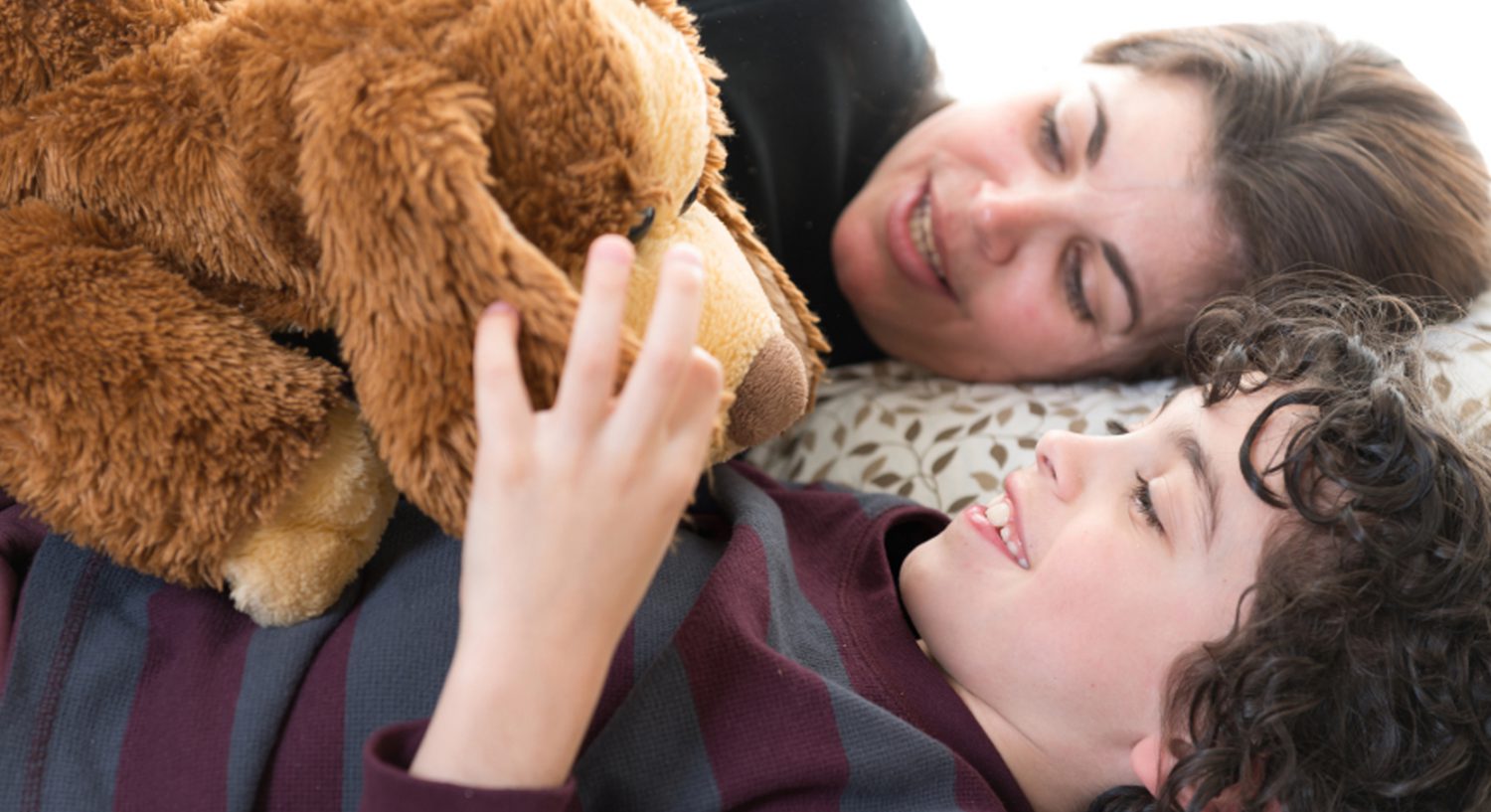Set a goal to help restore butterfly migration routes in your town by planting a butterfly garden with native plants or seeds. Research the best options to provide nectar, roosting, or food for caterpillars that migrate through your area. After
Dancing Outside the Box
Adapted from several online resources, including ArtsWork. When many of us picture ourselves dancing, we think of movements inside a small box (prom-style)–or moving side-to-side with small arm movements close to our bodies. And even for kids that have attended
Fireworks are Popping Up All Over!
People often mistakenly associate body smarts solely with gross motor coordination (e.g. sports, dance). But kinesthetic intelligence also encompasses fine motor skills. Take advantage of your kids’ excitement over tonight’s fireworks to flex your kids’ kinesthetic and visual-spatial mind muscles
Paint by Part of Speech
Brush up your budding artist’s English skills by transforming a paint-by-numbers download into a a paint-by-part-of-speech. (Or rhyming words for the little ones.) 1. Download a paint by numbers drawing off the internet (this one came from http://allkidsnetwork.com/color-by-numbers/) 2. Import
Yaaaayyy, Learning!
While there are a significant number of people on both sides of the fence as it relates to Brain Gym’s trademarked series of movements and whether or not they work, there IS a significant amount of scientific evidence that movement (particularly
Math Frisbee Golf
Frisbee (or disc) golf is a fun way for the whole family to get some low-intensity activity on pleasant sunny days. And while a “normal” game of disc golf sharpens hand/eye coordination and visual/spatial skills, it’s easy to sprinkle in
Selecting the Best Sport for Your Child

Selecting the Best Individual Sport, Team Sport or Sports League for Your Child If you’re like most parents, you feel that youth sports are an important part of growing up. Youth sports can help encourage activity in a fun way,
Sew Cool!
While many parents think of sewing as “antiquated” and/or “just for girls”, there are plenty of benefits that can be derived from both your sons and daughters learning to sew in the kinesthetic intelligence, visual/spatial intelligence, logical/mathematical and naturistic intelligence realms. Kinesthetically speaking :: from
Forces of Nature
Inspired by 200+ Active Learning Strategies by James A. Bellanca Play some nature-based music (we recommend trying some of George Winston’s Seasons based piano solos from the early 1980s on YouTube). Have your child pretend to be either the forces
Make It Your Mission! Part 4
Think about how you want to set up your event. Do you want people sitting in chairs facing you at the front (e.g. stage/audience) Do you want people sitting in chairs in a round circle? Do you want people standing

